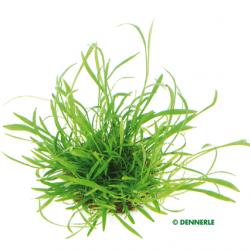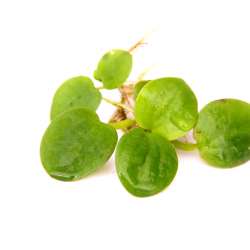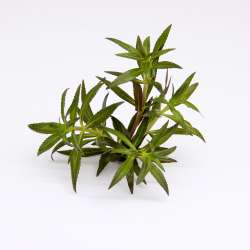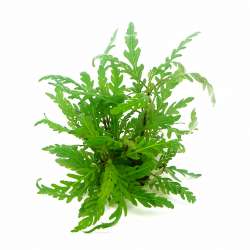Mittel

Lilaeopsis brasiliensis In-Vitro
 Lighting
Lighting
 Color
Color
 Position
Position
 18 - 26 °C
Temperature
18 - 26 °C
Temperature
 CO2
CO2
 8 cm
Growth
8 cm
Growth
Family:
Apiaceae
Species:
Lilaeopsis
Type:
Ausläufer
Lilaeopsis brasiliensis is a decorative foreground plant. In the wild it colonises the banks of rivers and marshes up to altitudes of over 1,000 m. Its grassy look is similar to that of Helanthium tenellum, which is why it is sometimes referred to as “false tenellus”. You won’t have any problems cultivating this in an aquarium. It prefers fairly cool temperatures and grows extremely slowly, regardless of whether your tank has soft or hard water. Radical pruning, as with a lawn, encourages compact growth.













